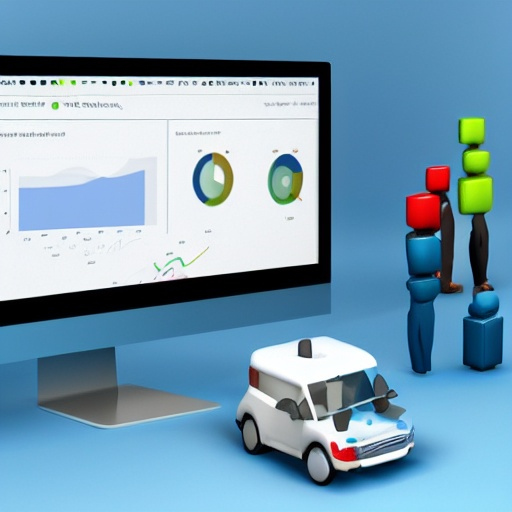
In the world of Search Engine Optimization (SEO), understanding and analyzing website traffic is crucial for success. However, not all website traffic is created equal. One type of traffic that often poses challenges for SEO professionals is bot traffic. While bot traffic analysis can be helpful in many cases, there are times when it’s best not to rely on it.
First, let’s define what bot traffic is. Bots are automated software programs that perform specific tasks on the internet. They can be good or bad, depending on their purpose. Good bots, such as those used by search engines to crawl and index webpages, are important for SEO. On the other hand, bad bots can harm websites by generating fraudulent clicks, scraping content, or performing other malicious activities.

Bot traffic analysis involves examining the behavior and characteristics of website visitors to determine whether they are human or bot-generated. This analysis can provide valuable insights into the performance and effectiveness of a website, as well as help identify and mitigate bot-related issues. However, there are situations where relying solely on bot traffic analysis may not yield accurate results.
1. User Experience Optimization:
SEO is not just about driving traffic to a website; it’s also about providing a great user experience. While analyzing bot traffic can provide valuable information about website performance, it may not reveal crucial insights into user behavior and preferences. For a holistic understanding of user experience, it’s important to supplement bot traffic analysis with user analytics data, such as bounce rate, time on site, and conversion rate.
2. Niche and Content-Specific Considerations:
Different industries and niches may attract different types of users, including bots. For example, if you’re running a website that caters to developers and programmers, there’s a higher chance of bot traffic compared to a website focused on lifestyle or fashion. In such cases, relying solely on bot traffic analysis may not provide an accurate representation of your target audience. It’s important to consider the context and specific characteristics of your niche when interpreting bot traffic data.
3. Impact of Security Measures:
Websites often employ security measures, such as CAPTCHAs, to prevent bot traffic. While these measures can help filter out unwanted bots, they can also hinder accurate bot traffic analysis. CAPTCHAs and similar security measures may limit the access and visibility of bots, leading to an underestimation of their presence. In such cases, it’s important to take these security measures into account and not solely rely on bot traffic analysis.
4. Localized Traffic Patterns:
Website traffic can vary significantly depending on the geographical location of the visitors. Some regions may have higher bot traffic due to various reasons, such as the prevalence of internet service providers or the presence of proxy servers. If your website attracts a significant amount of traffic from specific regions with higher bot prevalence, relying solely on bot traffic analysis may not give you an accurate picture of your actual user base. It’s important to consider localized traffic patterns and demographic data to supplement bot traffic analysis.
In conclusion, bot traffic analysis is an important tool for SEO professionals, but there are times when it’s best not to rely solely on it. To get a comprehensive understanding of website performance and user experience, it’s important to supplement bot traffic analysis with other analytics data. Taking into account niche-specific considerations, security measures, and localized traffic patterns will ensure a more accurate interpretation of website traffic data.







